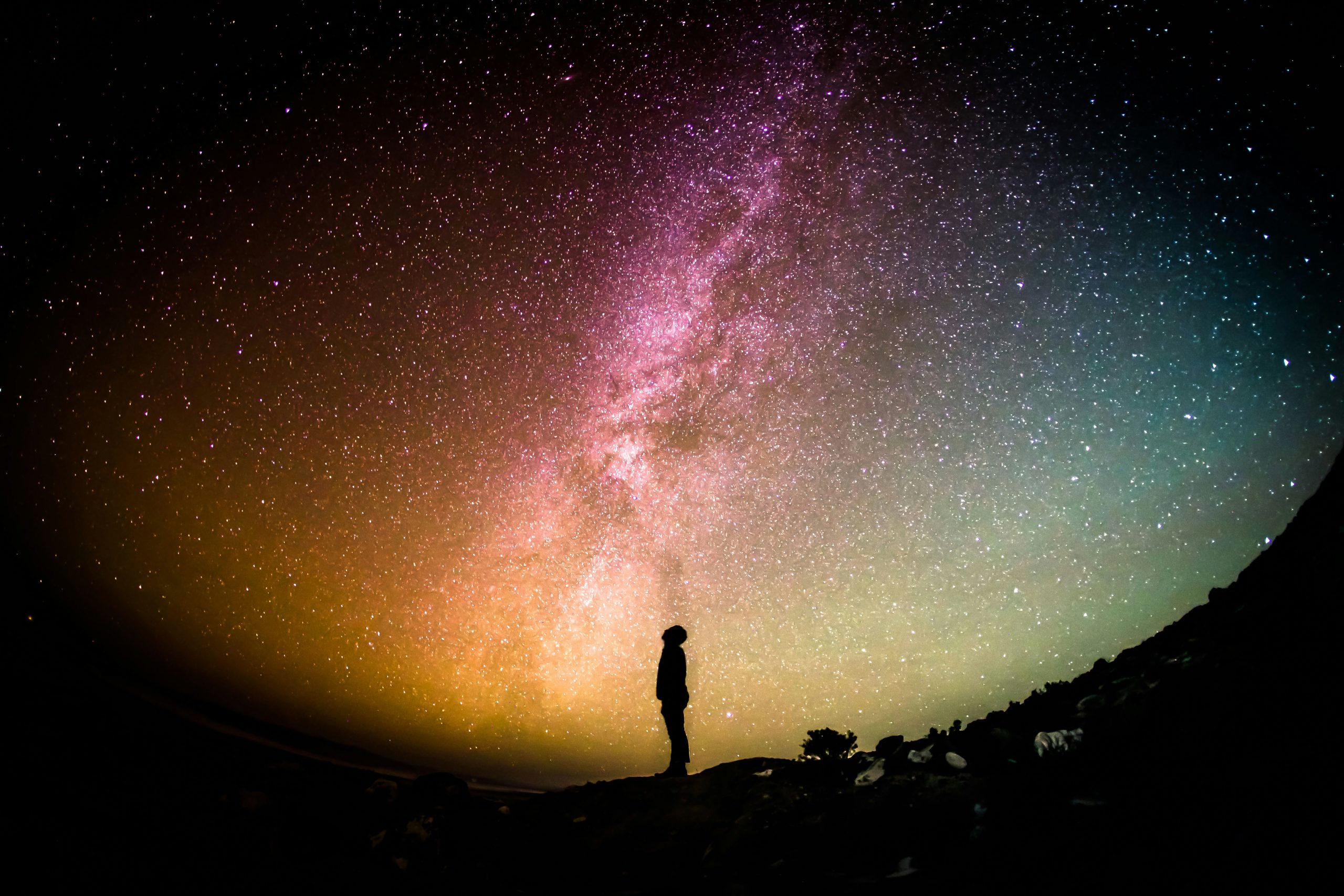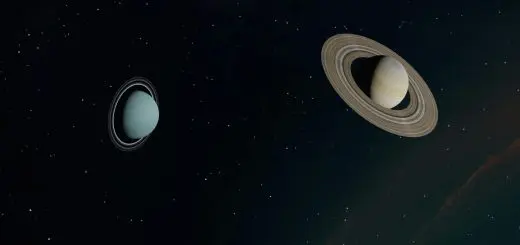Could We Be Living in a Multiverse? Theories Explained

Looking for more amazing products? Check out our online store and explore our collection here! Happy shopping!
Before diving in, please note: This post is for informational purposes only. If you’d like to know more about how we approach topics, feel free to check out our friendly Disclaimer Page.
Hey there, amazing readers! 
We’re committed to delivering quality posts, and your support (even just sticking around despite the ads) means everything to us. So, bear with us, and thanks for helping us keep the good vibes rolling. Now, on to the fun stuff!
TRANSLATE BUTTON AT THE END OF THE ARTICLE
Have you ever wondered if this universe is the only one?
Imagine if, beyond the stars and galaxies, there were other universes – each with its own set of rules, different versions of you, and perhaps even entirely different laws of physics.
The idea of a multiverse is one of the most intriguing and mind-bending concepts in modern science.
But how realistic is it?
And what do scientists think about the possibility of multiple universes existing alongside ours?
Let’s dive into the fascinating theories that explore the possibility of a multiverse and see what they reveal.
What Is the Multiverse?
The multiverse is the hypothetical concept that suggests our universe is just one of many that exist.
Each universe might have its own unique laws of physics, particles, and constants.
While this idea may sound like science fiction, it has gained attention within scientific communities due to various theories in cosmology and quantum physics.
The multiverse is not just about there being more space or galaxies out there; it’s about the existence of entirely separate universes that could be radically different from our own.
But how could something so vast and unimaginable even be possible?
Theories Supporting the Multiverse
Several theories propose the existence of a multiverse, each coming from different areas of science.
Let’s break them down to understand what’s going on.
1. Inflationary Multiverse
One of the leading theories comes from the concept of cosmic inflation.
After the Big Bang, the universe expanded rapidly in a process called inflation.
The inflationary model suggests that this expansion could be happening continuously in different regions of space, forming bubble universes.
Each “bubble” would contain its own universe with possibly different laws of physics.
In this scenario, our universe is just one of these bubbles.
There could be an infinite number of such universes, each expanding and evolving independently.
2. Quantum Mechanics and the Many-Worlds Theory
Quantum mechanics, the branch of physics that deals with the very small, presents another possibility for the multiverse.
The Many-Worlds Interpretation, proposed by physicist Hugh Everett in 1957, suggests that every quantum event creates a branching of the universe.
This means that every time a decision is made or an event occurs, the universe splits, creating a separate universe for every possible outcome.
For example, if you flipped a coin, in one universe it lands heads, while in another it lands tails.
According to this interpretation, an infinite number of universes exist, where every possible outcome of every event in history plays out in one version of reality or another.
3. String Theory and Brane Cosmology
String theory is another field that hints at the multiverse.
It suggests that the fundamental building blocks of reality are not particles, but tiny vibrating strings.
These strings exist in multiple dimensions—more than the familiar three dimensions of space and one of time.
String theory proposes up to 11 dimensions, and our universe may be just one “brane” (a membrane-like structure) floating in a higher-dimensional space.
Other branes could exist in this higher-dimensional space, each corresponding to a different universe with its own set of physical laws.
Occasionally, these branes might collide, potentially causing events like the Big Bang in our universe.
4. The Anthropic Principle
The anthropic principle is a philosophical approach that also ties into multiverse thinking.
It argues that the conditions of the universe are perfectly tuned to support life because, if they weren’t, we wouldn’t be here to observe it.
The idea here is that there may be countless universes with different physical constants, and we happen to live in one that supports life because it’s the only kind of universe where observers like us can exist.
In other words, the universe looks the way it does to us simply because we exist in it, and in other universes, things might be wildly different—possibly even incompatible with life as we know it.
Could We Prove the Multiverse?
While these theories are captivating, one big question remains: How can we prove the existence of a multiverse?
At the moment, proving the multiverse exists is one of the most challenging problems in science.
Our ability to observe and measure things is limited to our own universe, and since the multiverse, by definition, involves separate universes, it may be impossible to gather direct evidence.
However, there are ways scientists are trying to get closer to an answer.
For example:
Cosmic Microwave Background Radiation (CMB): Some scientists believe that patterns in the CMB, the afterglow of the Big Bang, could hint at the existence of other universes.
If our universe collided with another, we might see evidence of that collision in the CMB.
Gravitational Waves: Detecting gravitational waves from other universes is another idea.
If universes interact or collide, they might leave ripples in space-time that could be measured by extremely sensitive instruments.
Mathematical Evidence: Some theoretical physicists hope that mathematical models and frameworks, like those from string theory, could provide indirect evidence of a multiverse.
Are There Alternate Versions of Us?
A popular aspect of multiverse theories, especially in science fiction, is the idea that there are alternate versions of ourselves living in other universes.
According to the Many-Worlds Interpretation, every time a decision is made, the universe splits into different paths.
So, in one universe, you may have become an artist, while in another you might be a scientist.
This idea of infinite parallel realities is a fascinating but mind-boggling implication of the multiverse.
Imagine all the possibilities—different lives, outcomes, and worlds.
It’s enough to make anyone wonder: What might be happening in another version of my life?
The Multiverse in Popular Culture
The idea of a multiverse has inspired countless stories in books, movies, and television.
From Marvel’s exploration of alternate realities in its cinematic universe to shows like Rick and Morty, which playfully navigate infinite universes, the concept has captured the imagination of many.
It’s no surprise that it has become a central theme in both science fiction and scientific inquiry.
But while Hollywood may explore the fun and chaotic side of the multiverse, scientists are taking a more cautious, calculated approach to understanding whether we really do live in one.
Conclusion: Are We Alone in the Cosmos?
While there’s no concrete evidence yet, the idea of the multiverse pushes the boundaries of how we think about existence.
It challenges us to consider that there may be much more to reality than we can currently perceive.
As science advances, who knows what we might discover?
Whether or not we ever find definitive proof, the possibility of a multiverse keeps us questioning the nature of our universe, our place in it, and the vast unknown that may lie beyond.
So, could we be living in a multiverse?
The theories are out there, and while we can’t say for sure just yet, the very idea is enough to spark wonder and curiosity.
Maybe, in another universe, you’re reading this article with a completely different perspective—one that we can only dream of exploring.

The Enlightenment Journey is a remarkable collection of writings authored by a distinguished group of experts in the fields of spirituality, new age, and esoteric knowledge.
This anthology features a diverse assembly of well-experienced authors who bring their profound insights and credible perspectives to the forefront.
Each contributor possesses a wealth of knowledge and wisdom, making them authorities in their respective domains.
Together, they offer readers a transformative journey into the realms of spiritual growth, self-discovery, and esoteric enlightenment.
The Enlightenment Journey is a testament to the collective expertise of these luminaries, providing readers with a rich tapestry of ideas and information to illuminate their spiritual path.
Our Diverse Expertise
While our primary focus is on spirituality and esotericism, we are equally passionate about exploring a wide range of other topics and niches 

To ensure we provide the most accurate and valuable insights, we collaborate with trusted experts in their respective domains 
Our blog originally focused on spirituality and metaphysics, but we’ve since expanded to cover a wide range of niches. Don’t worry—we continue to publish a lot of articles on spirituality! Frequently visit our blog to explore our diverse content and stay tuned for more insightful reads.
Hey there, amazing reader! 
Check out our store here and take a peek at some of our featured products below! Thanks for being awesome!











